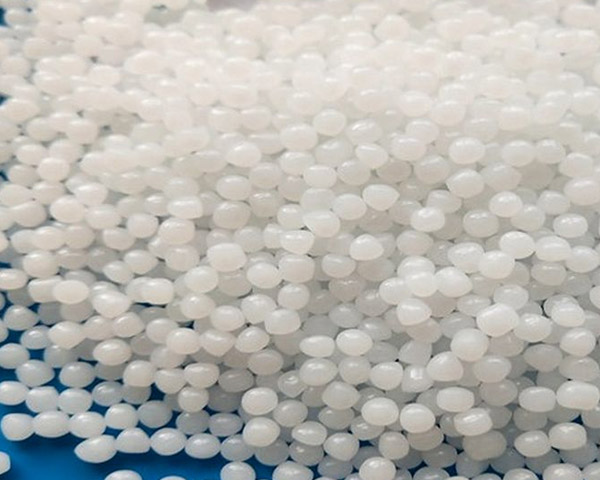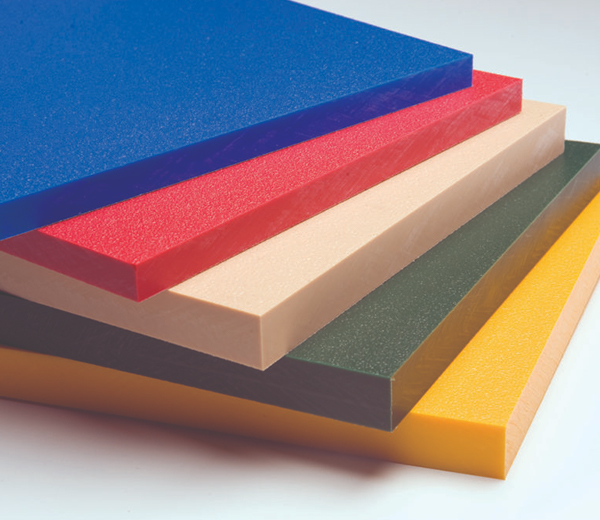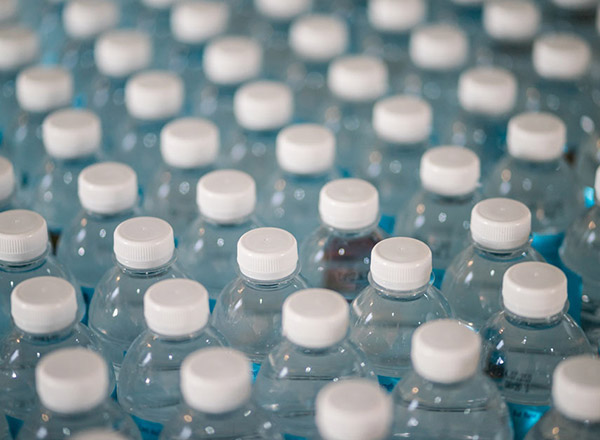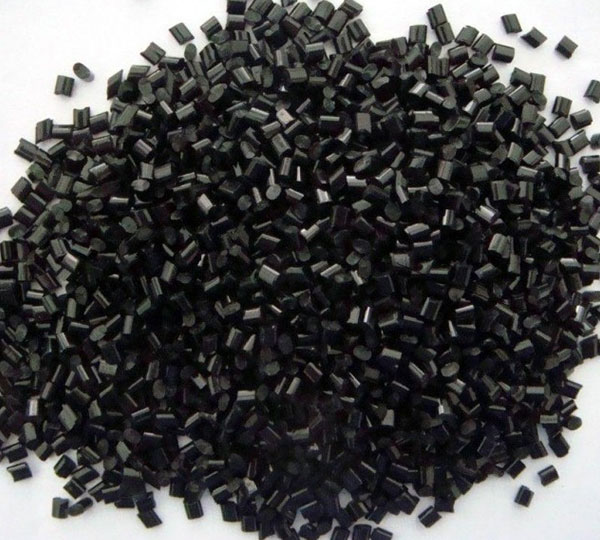CNCJY HDPE Service
HDPE is a thermoplastic that is typically handled in sheet form. Thermoplastics are a special type of polymer that softens and becomes malleable when heated but reverts to its rigid state when cooled. The ‘poly’ in high-density polyethylene comes from the long chain of ethylene molecules that make up the material. Its fame and popularity stem from the fact that it is strong, light, and simple to manipulate. Contact a CNCJY representative for assistance in selecting the best material for your application.
About High-density polyethylene (HDPE)
High-Density Poly Ethylene (HDPE) is incredibly versatile as a thermoplastic polymer derived from petroleum. HDPE plastic is one of the most versatile plastics used for a wide range of products, from bottles to milk jugs to shampoo and bleach containers to cutting boards and even pipes. HDPE plastic has strong impact resistance and melting point in addition to its impressive tensile strength and big strength-to-density ratio.

Properties of High-density polyethylene (HDPE)
| Density(g/cm3) | Surface Hardness | Tensile Strength(MPa) | Flexural Modulus(GPa) | Notched Izod(kJ/m) | Linear Expansion (/°C x 10-5) | Elongation at Break(%) | Strain at Yield(%) | Max. Operating Temp. (°C) |
|---|---|---|---|---|---|---|---|---|
| 0.96 | SD68 | 32 | 1.25 | 0.15 | 12 | 150 | 15 | 55 |
| Water Absorption (%) | Oxygen Index(%) | Volume Resistivity (log ohm.cm) | Dielectric Strength (MV/m) | HDT @ 0.45 MPa (°C) | HDT @ 1.80 MPa (°C) | Melting Temp. Range (°C) | Mould Shrinkage (%) | Mould Temp. Range (°C) |
|---|---|---|---|---|---|---|---|---|
| 0.02 | 17 | 17 | 22 | 75 | 46 | 120-180 | 3 | 30-70 |
What are the Benefits of HDPE Plastic
High Density Polyethylene (HDPE) sheets are durable, low-maintenance, and authorized by the Food and Drug Administration (FDA), the National Sanitation Foundation (NSF), and the United States Department of Agriculture (USDA). Their texture makes it easy to grab and hold food without dropping it.
The following are additional advantages:
Easily Meltable and Moldable
The plastic’s natural malleability is one of its main selling points. Here, HDPE shines brightest. HDPE maintains its rigidity up to extremely high temperatures because of its high melting point. Cutting boards, detergent bottles, milk jugs, food storage containers, corrosion-resistant pipes, geomembranes, plastic timber, and countless other products can all be molded from plastic after it reaches its melting point.
Durability Against Corrosion
HDPE is perfect for subterranean piping since it does not deteriorate from exposure to the elements and does not support the growth of mold or mildew. HDPE is great for food and drink containers since it is durable, does not degrade in the elements, and can be sanitized by boiling. HDPE also offers high resistance to naturally occurring chemicals in soil and can withstand most strong mineral acids and bases. Moreover, it is extremely resistant to water, solvents, acids, detergents, and cleaning solutions, as well as most common chemicals.


Large Strength to Density Ratio
HDPE has a density between 0.93 and 0.97 g/cm3, which is only slightly greater than that of LDPE (low-density polyethylene). But HDPE’s linear shape means it has no branching, giving it more intermolecular forces and tensile strength than LDPE when viewed under a microscope. For this reason, a 60-gram HDPE container may securely hold more than a gallon of liquid, or almost eight pounds in total.
Easily Recycled
One of the most crucial considerations when selecting a material is the availability of plastic recycling programs, given the widespread usage of plastic in everyday life. Thankfully, HDPE plastic can be recycled easily, which not only helps keep non-biodegradable garbage out of landfills but also cuts down on plastic production by up to 50%! HDPE plastic could be the best option if you’re trying to minimize your impact on the environment without sacrificing price.
Why is HDPE so Popular
HDPE is frequently used as a replacement for heavier materials, making greener and more cost-effective manufacturing and project practices possible for businesses and individuals alike. Due to its excellent ductility, tensile strength, and corrosion resistance, HDPE is the ideal plastic since it is durable, affordable, and safe for the environment. For instance, one recent review of six different packaging options concluded that plastics can reduce food waste, energy consumption, and greenhouse gas emissions compared to the alternatives.
- It can be easily carried around, yet is really sturdy. Because of this, a gallon of milk may be stored in a 2-ounce HDPE milk jug. Lighter weight auto parts can assist improve gas mileage, which is why many manufacturers are switching to HDPE fuel tanks.
- It can withstand being smacked around quite a bit. The toy truck will bounce down the steps if dropped.
- Due to its durability and resistance to the elements, the plastic lumber deck you build in your backyard will be used for years to come.
- It is ideal for water lines that are buried underground since it does not deteriorate or attract pests.
- And it can be shaped into almost anything, which is one of the main advantages of plastics.
